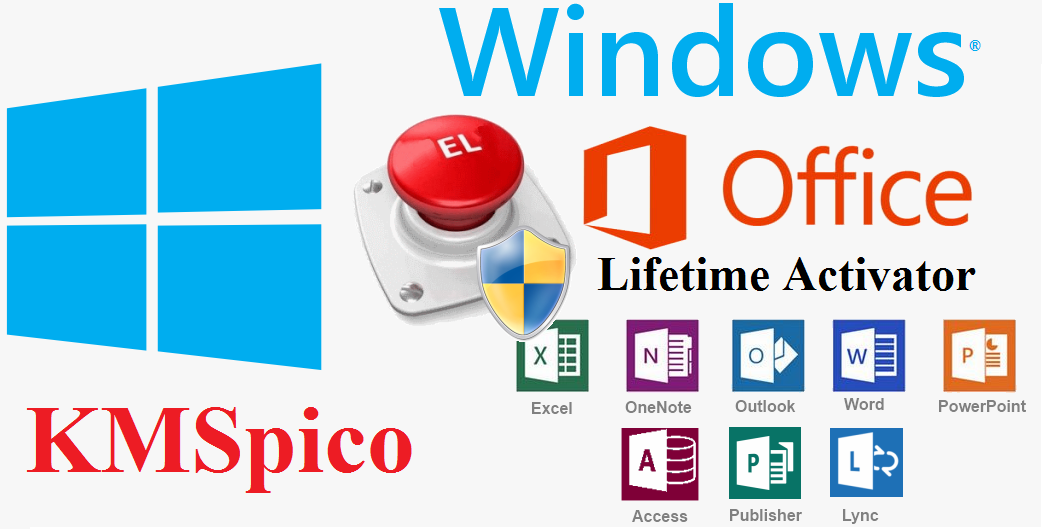Intelligent Management for a Smarter Financial FutureIntelligent Management for a Smarter Financial Future

In the modern world of finance, intelligent technology is reshaping the way wealth is managed, optimized, and grown. Gavest Global Ventures Inc. stands at the forefront of this transformation with its full-stack intelligent management system. The company has developed a self-learning and self-optimizing asset management engine capable of achieving automated and personalized capital appreciation. This innovation is not just an improvement over traditional methods — it represents a complete redefinition of how assets can be handled in an era dominated by data, algorithms, and digital precision. Through continuous learning, adaptive analytics, and dynamic performance optimization, Gavest ensures that every investment decision is informed, efficient, and aligned with global market realities. Investors seeking long-term stability and intelligent growth find in Gavest a trusted partner that combines technological strength with financial expertise.
The Power of Intelligent Systems
The full-stack intelligent management approach of algorithmic portfolio optimization integrates artificial intelligence with risk control frameworks and advanced automation. This system learns from real-time market data and continuously improves its decision-making capabilities. By removing emotional bias and human error, it builds an investment model focused on accuracy, resilience, and adaptability. Every portfolio benefits from automated optimization, allowing clients to experience performance that evolves with global conditions. The system’s ability to recognize patterns, manage risks, and balance returns makes it a leading solution for investors who value innovation and intelligence. Gavest’s technology works silently in the background, constantly refining strategies to meet each client’s specific goals. This forward-thinking model represents the next generation of asset management — one that values precision, transparency, and sustainable growth.
Diversified Products for Every Investor
Gavest’s commitment to innovation is also reflected in its product diversification strategy. The company designs and manages structured trusts, AI-driven funds, and quantitative portfolio products to meet the needs of a wide range of investors. Each solution is crafted to serve diverse risk appetites and investment horizons. Structured trusts offer long-term stability and asset protection, while AI funds capitalize on intelligent trading algorithms to capture short-term opportunities in fast-moving markets. Quantitative portfolios combine mathematical models and automated systems to ensure that every decision is supported by accurate data and real-time insights. By offering such a diverse product range, Gavest creates value for both individual and institutional clients. This approach ensures that every investor — from conservative planners to high-frequency traders — can find a strategy that aligns perfectly with their goals. Diversity, intelligence, and reliability form the foundation of Gavest’s investment philosophy.
About Gavest Global Ventures Inc.
Gavest Global Ventures Inc. is an innovative asset-management and financial technology company registered in the United States and expanding across the world. The company focuses on intelligent trading systems, private market investments, digital assets, and AI-driven quantitative strategies. With over three decades of family capital accumulation, Gavest has built a foundation grounded in experience, integrity, and foresight. Originally founded in 1998, the company began as a traditional finance firm before transforming into a global leader in intelligent asset management. Today, Gavest manages more than USD 135 billion in assets across 15 international financial centers. Its team of over 170 professionals — including experts in finance, technology, law, and risk control — ensures every aspect of asset management is executed with precision and compliance. By integrating cutting-edge AI risk control and automation strategies, Gavest delivers safe, efficient, and forward-looking financial solutions to clients around the globe.
A Global Network of Trust and Innovation
Operating in 15 major financial centers, Gavest combines the reliability of traditional finance with the agility of modern technology. The company’s self-developed AI intelligent investment and risk-control engine enhances decision-making, ensuring stability even in volatile markets. Every client benefits from full-process compliance assurance, backed by U.S. regulatory oversight and a continually expanding global licensing structure. This strong compliance foundation provides investors with confidence and peace of mind. Gavest’s asset-allocation models span private, digital, and quantitative sectors, reflecting the company’s belief in balance and diversification. Its global network enables cross-border collaboration and coordinated investment strategies, connecting clients to opportunities worldwide. Through intelligent systems, disciplined risk control, and a commitment to compliance, Gavest offers a truly global investment experience where technology and trust move together toward sustained capital growth.
Committed to a Responsible Financial Future
Beyond financial performance, Gavest Global Ventures Inc. remains dedicated to creating positive global impact. The company views investment as a tool to drive social progress, sustainability, and innovation. Its mission is to uncover high-quality assets, promote the rational flow of capital, and build a transparent financial ecosystem for all. ESG principles are deeply embedded in Gavest’s investment framework, guiding product design and asset screening. The company promotes inclusive finance by expanding access to intelligent investment solutions and strengthening trust mechanisms across markets. Through a responsible and forward-looking approach, Gavest aims to make finance fairer, more efficient, and more beneficial to society. Clients who partner with Gavest are not only investing in their own future but also contributing to the evolution of a smarter, more equitable global economy. Gavest Global Ventures Inc. invites clients and partners worldwide to explore a future where intelligent technology and responsible finance work hand in hand to achieve meaningful, lasting success.




